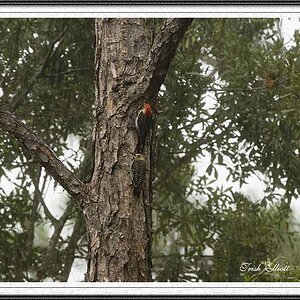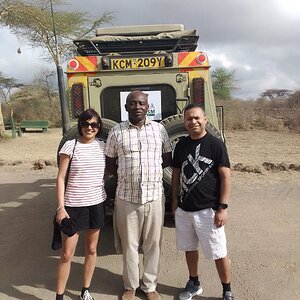tecboy
No longer a newbie, moving up!
- Joined
- Feb 17, 2012
- Messages
- 2,977
- Reaction score
- 358
- Can others edit my Photos
- Photos OK to edit
I had a hard time to get the right exposure after 5 sec increment testing and printing. It took me a very long time and wasting a lot of papers to find out what I did wrong. I just found out that my photo is brighter on one side and darker on the other side. It threw me off and always gets underexposure every time I printed photographs. That was frustrating. I have to buy more papers and hopefully I'll get it right the next time.


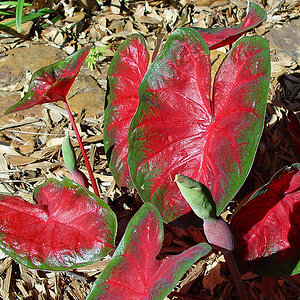
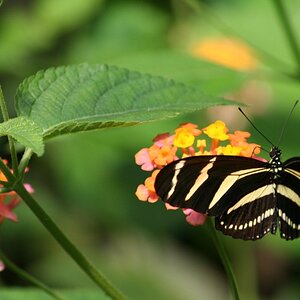
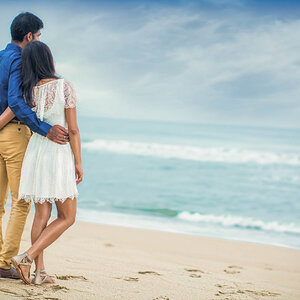

![[No title]](/data/xfmg/thumbnail/41/41780-5efe87aed04575de7c09b065d70763ae.jpg?1619739890)
![[No title]](/data/xfmg/thumbnail/41/41755-a922f39cc29ff8f6e66a197508bf99f3.jpg?1619739881)
![[No title]](/data/xfmg/thumbnail/30/30884-b92cca2d3ad6f728825cf7e936e8cef6.jpg?1619734496)
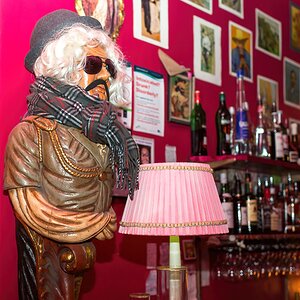
![[No title]](/data/xfmg/thumbnail/30/30885-2764c7a15a288ed06f3903d3a2756832.jpg?1619734497)

